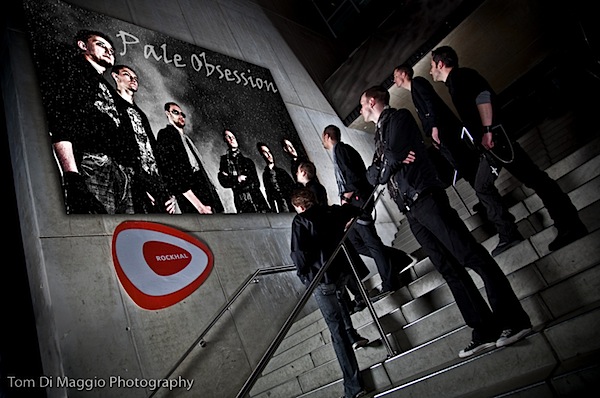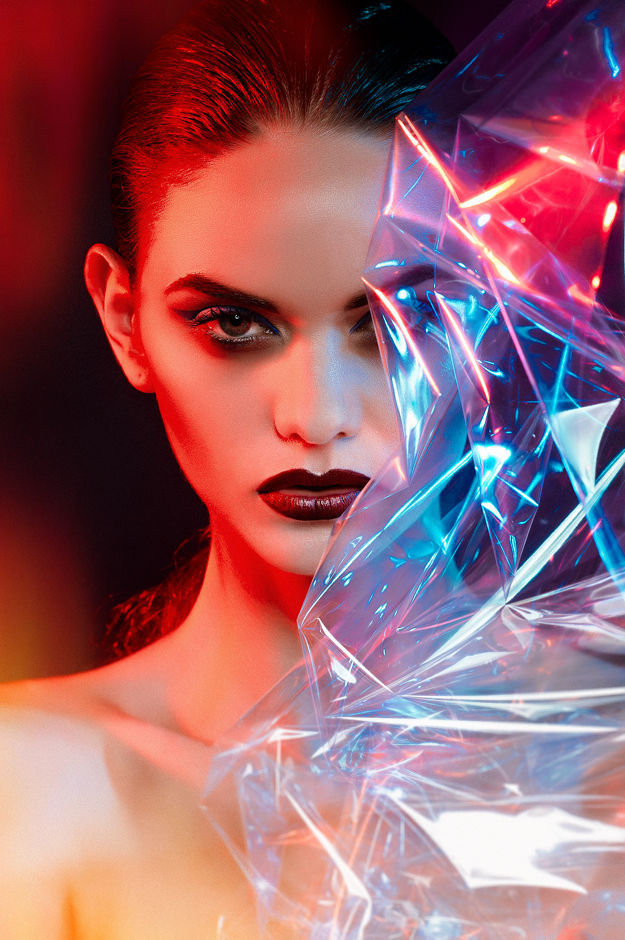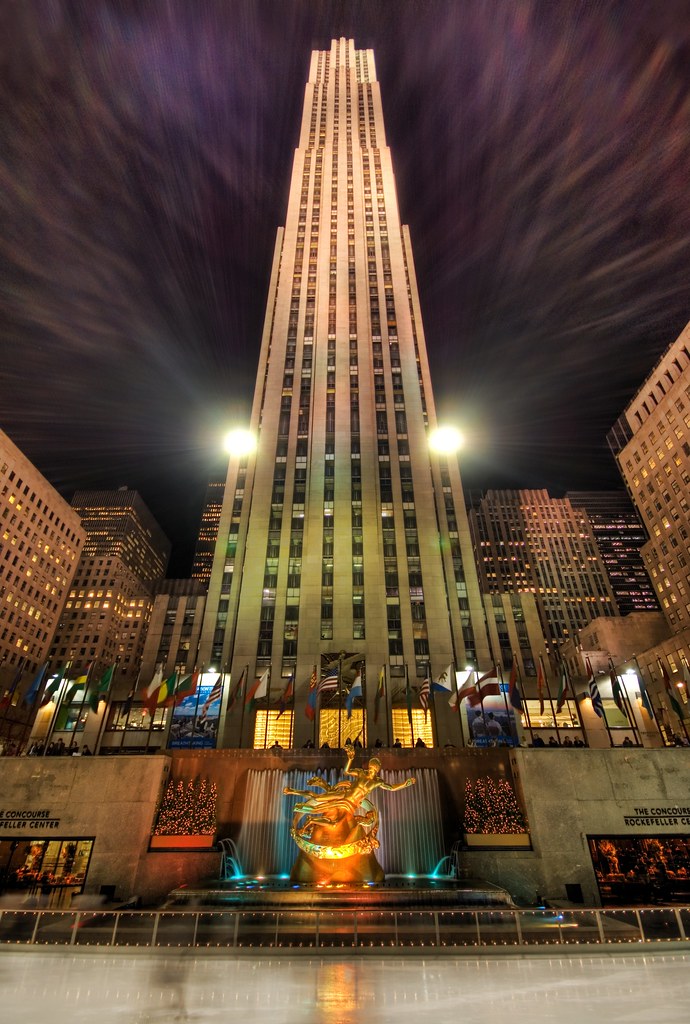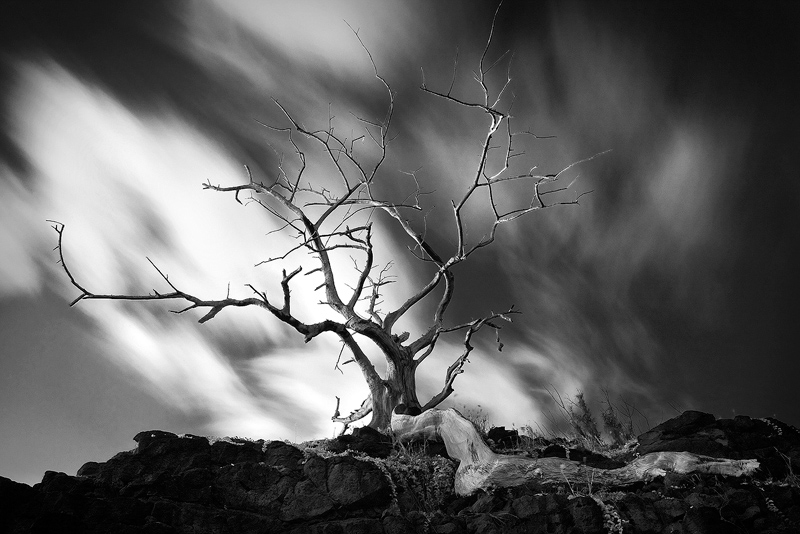There are a range of
different interview techniques. These consist of types of questions, styles of
interviews, structuring of interviews and the communication skills involved.
These are what I will be talking about throughout this post.
Types of questions
There are two main types of
questions and these are open and closed questions, and direct and suggestive
questions.
Open question are ones where
they can be answered freely and with a variety of answers whereas closed
questions are usually restricted to yes and no answers. Open questions are
useful in interviews to make it seem like a conversation and it keeps it going.
They give a more relaxed feel to the interview, making the interviewee feel
more comfortable and allows them to open up more. However, closed questions
could make the setting feel awkward and very staged as it will be one question
after another. This may make the interviewee feel as though the interviewer is
reading from a list of questions and don’t know how to conduct an interview
well or that they may be new to the job.
Direct questions are ones
where you ask someone what you want to know in a way that may seem like you’re
interrogating them. Suggestive questions are those where the answer is implied.
For example, if you were getting to know someone, a question that you could ask
them is “When you were younger, what did you want to be when you were older?”
This question can give a wide variety of answers, each one being different from
person to person.
Interview Styles
There are four different
interview styles. These are hard news, entertainment, promotional and
investigative.
Hard News
Hard news interviews are
normally short and to the point whilst also getting as much information as
possible. They deal with important facts or opinions.
Key information to take note
of when conduction a hard news interview is:
·
Difficult questions
must be asked to be able to show others how you react under pressure and to see
if you can think on your feet
·
Make the questions
short and concise to get straight to the point
Good questions to ask within
hard news can be:
- · When did it happen?
- · What about the direct affects?
- · What is the amount of damage caused?
These questions depend on
the situation can be a good starting point.
Tips and tricks for this
type of interview:
- · Structure the questions you’re going to be asking
- · Have a strong lead
- · Provide quotes throughout the interview
- · Make your interviewee feel comfortable
Investigative
Investigative interviews are
typically used in policing to find out information from suspects that is
unknown at that time. This helps to direct an investigation, support a
prosecution and help restore the public’s faith in the force.
Some helpful tips to
consider when conducting this type of interview are:
- · Asking for clarification
- · Repeating any misunderstood questions back to be sure it’s correct
- · Rephrase and repeat avoided questions
- · Reminding the interviewee that they are under caution (in terms of police interviews)
Interview Structuring
There are six main parts to
the structuring of an interview which are the introduction, developmental
questions, confidence building, key questions, soundbites and the summary and
wrap-up.
Introduction
The introduction is the most
important part of an interview because the way that you present yourself and
the way that you speak to the interviewee will set the attitude of the whole
interview, as well as the impression you will be setting for the interviewee.
Developmental Questions
Developmental questions are
those where your original questions can then produce another question from the
answer given so that the interview seems more like a conversation rather than a
set of question.
Confidence Building
Confidence building when
interviewing someone is asking the interviewee a random question that is still
relevant to the topic at hand. This makes them feel more comfortable, allowing
them to open up more rather than being reserved.
Key Questions
Asking key questions allows
you to get the information that you want by getting straight to the point. By
asking a few questions, your interviewee won’t get annoyed and will carry on
the interview as there will be a mix of different types of questions asked.
Soundbites
A soundbite is a small
section that has been cut out from the whole of the interview. They can be cut
to give us the most important and most relevant information to advertise the interview.
Clips can then be further used for videos that may be made later on for voice
overs.
Summary and Wrap-Up
The summary and the wrap-up
allows the interviewee to know that the interview is over and then summarise
what has been said throughout. This can be important for someone they may be
deaf as it could be then posted online in a written form so that people are
able to read the interview as well as being able to watch it.
Communication Skills
Communication skills are
very important when conducting an interview. Without them, the interview would
fail or wouldn’t take place at all.
Building Rapport
Building rapport is
important to be before and after an interview. Building it before hand allows
the interviewee to become comfortable around you as you know what you will be
talking about during the interview. The main reason why we build rapport is to
make to other person presume that you both think along the same lines.
Active Listening
Active listening shows the
interviewee that you are listening to every word that they are speaking and that
you are really taking in what they are saying.
Body Language
Having the correct body
language is important to make the interviewee feel comfortable and relaxed in
the setting that they are in. having the correct body language results in them showing
a respectful body language in return.
Telephone Techniques
Some interviews have to be
taken over the phone due to a variety of different reasons. However, with phone
interviews, we have to make sure of a couple of things. One of these is
building the same rapport as you would if you were face-to-face so that they
feel comfortable to answer your questions and feel comfortable with the
interview in general. We also need to make sure that we keep level-headed and
calm throughout the interview as it helps them to remain calm and comfortable
and influences them to answer the questions in more detail than they may have
done to just anyone. It is important to not go over the top with questions or
with your tone of voice as it can make the interviewee feel scared and that
they don’t want to continue with the interview. The final thing is to not make
the questions too generic and make them unique so that it is something that
they haven’t been asked before or so that it isn’t similar to what they have
been asked before.





































